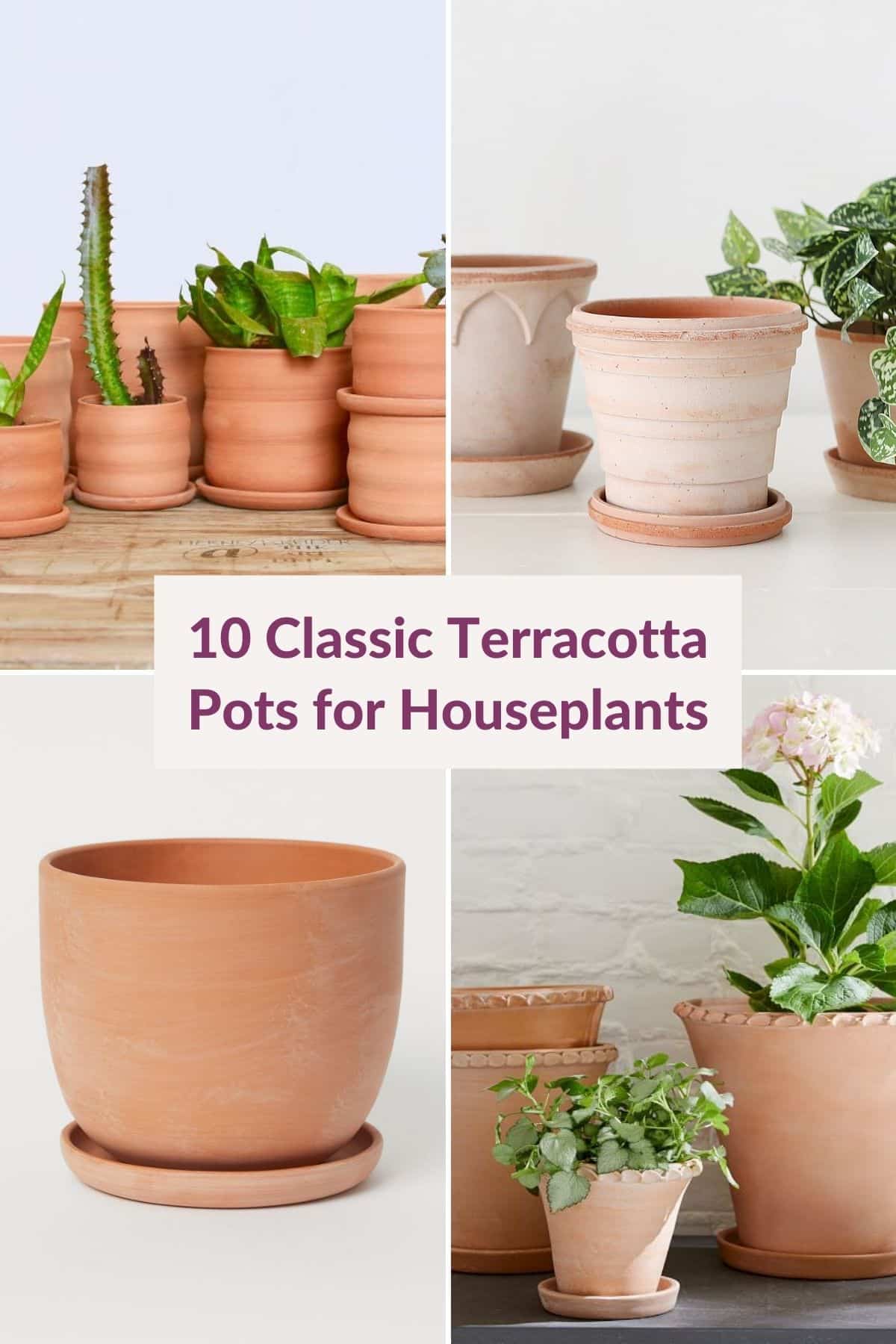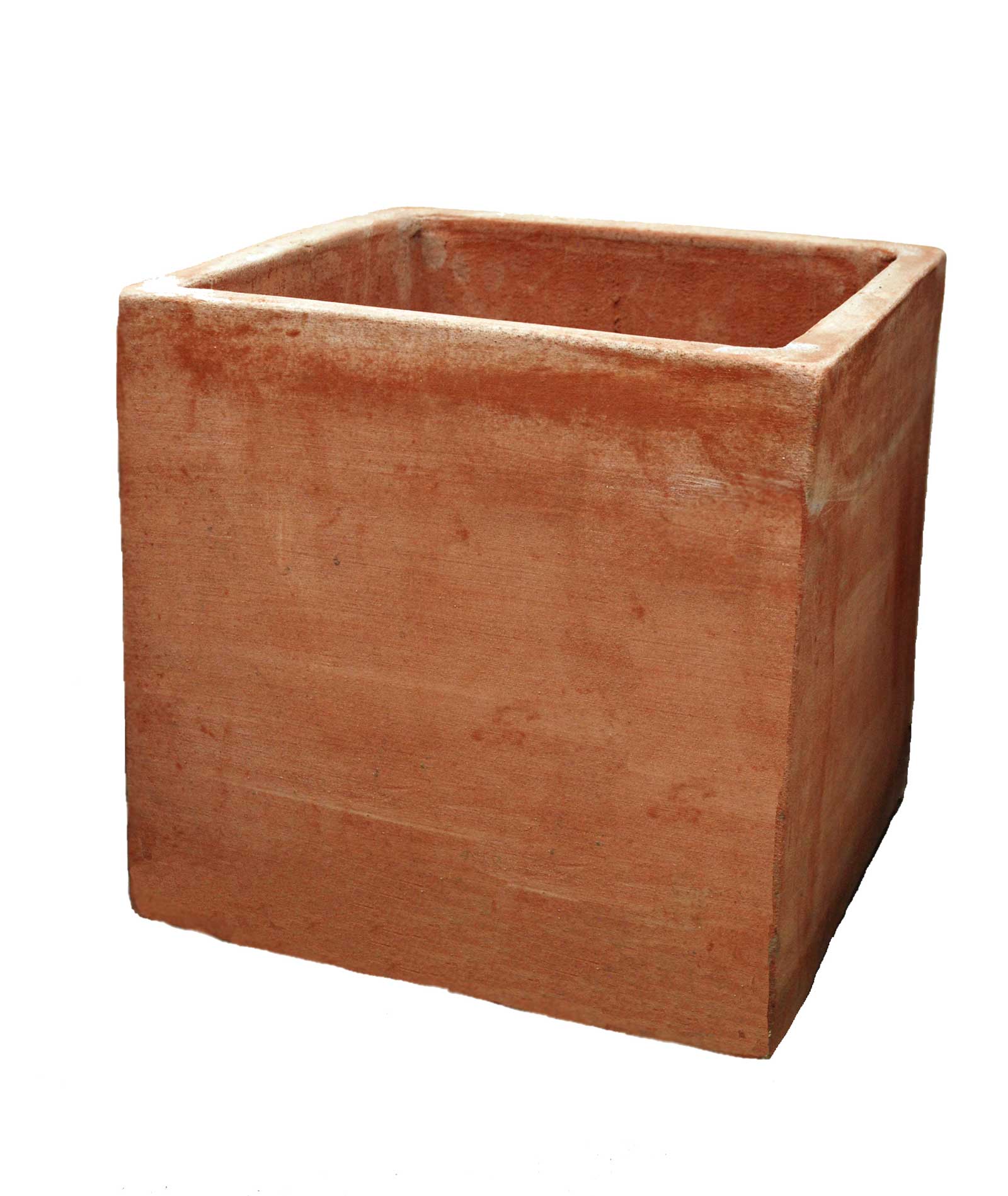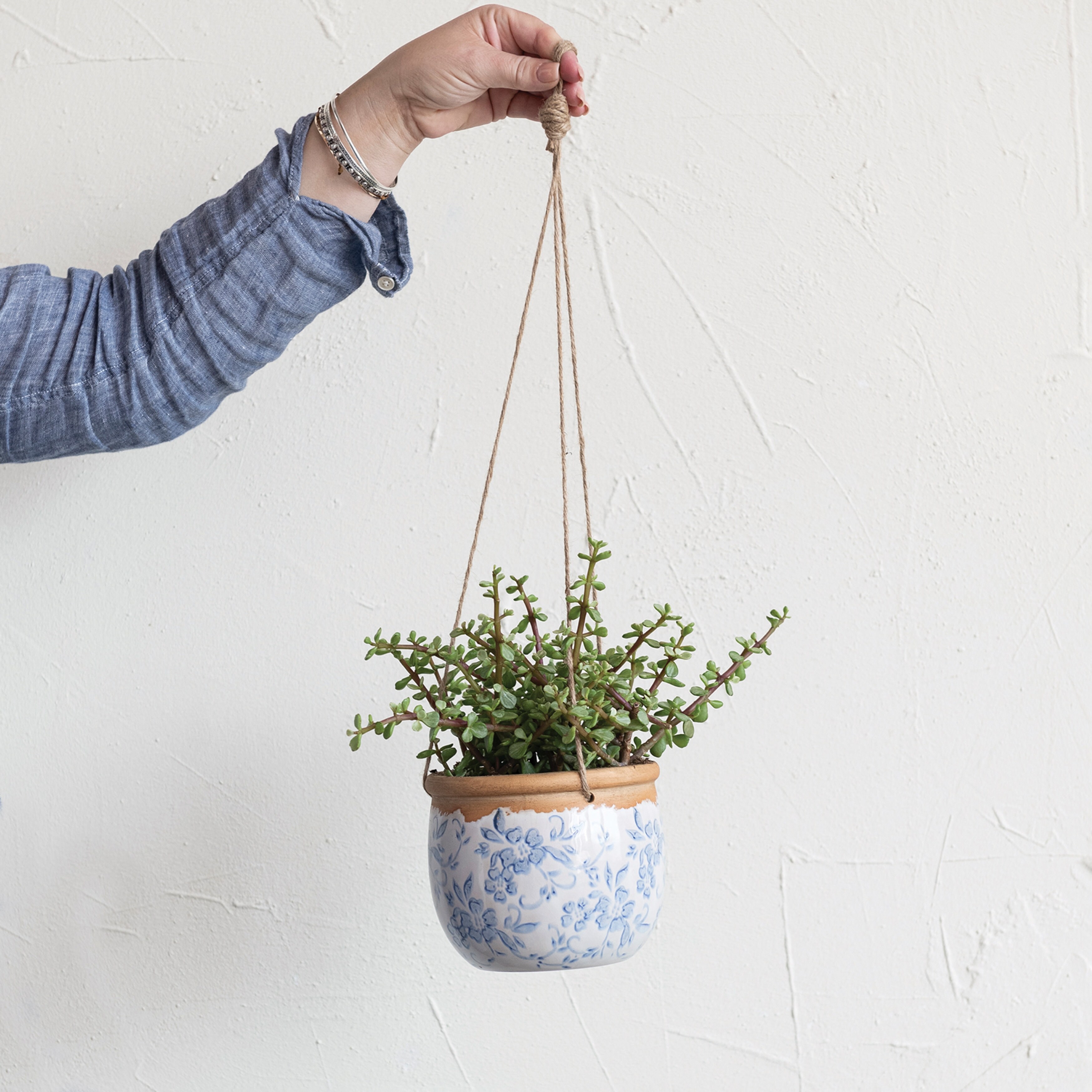Terracotta Planters: The Ultimate Guide
Terracotta Planters: The Ultimate Guide
Terracotta planters are a classic choice for plant lovers. They are made from a type of clay that is fired at high temperatures, giving them a distinctive earthy appearance. Terracotta planters are also porous, which means they allow air and water to circulate through the soil, helping to prevent root rot and other plant diseases.
In this guide, we will discuss the benefits of using terracotta planters, as well as some tips for choosing and caring for them. We will also explore some of the different types of terracotta planters available, so you can find the perfect ones for your plants and your home décor.
Benefits of Terracotta Planters
There are many reasons why terracotta planters are a popular choice for plant lovers. Here are just a few of the benefits:
- Porosity: As mentioned above, terracotta planters are porous, which allows air and water to circulate through the soil. This helps to keep the soil moist but not soggy, which can help to prevent root rot and other plant diseases.
- Durability: Terracotta planters are very durable and can last for many years with proper care. They are also resistant to cracking and chipping, which makes them a good choice for outdoor use.
- Affordability: Terracotta planters are relatively affordable, making them a great option for budget-minded plant lovers.
- Style: Terracotta planters come in a variety of styles, from simple and classic to ornate and decorative. This makes them a versatile choice that can be used to complement any décor style.
Choosing the Right Terracotta Planter
When choosing a terracotta planter, there are a few factors you will need to consider:
- Size: The size of the planter should be appropriate for the size of the plant you are planning to grow. You will also need to make sure the planter has enough drainage holes to prevent waterlogging.
- Material: Terracotta planters are typically made from unglazed terracotta, but you can also find glazed terracotta planters. Glazed terracotta planters are less porous than unglazed terracotta, so they may not be the best choice for plants that need good drainage.
- Color: Terracotta planters come in a variety of colors, from natural terracotta to bright colors like red, blue, and green. Choose a color that you like and that will complement the décor of your home.
- Shape: Terracotta planters come in a variety of shapes, from simple round and square pots to more elaborate shapes like urns and vessels. Choose a shape that you like and that will fit in the space you have available.
Caring for Terracotta Planters
Terracotta planters are relatively low-maintenance, but there are a few things you can do to keep them in good condition:
- Water your plants regularly: Terracotta planters dry out quickly, so it is important to water your plants regularly.
- Fertilize your plants: Fertilize your plants according to the instructions on the fertilizer label.
- Protect your planters from the cold: If you live in a cold climate, you may need to bring your terracotta planters indoors during the winter.
- Clean your planters: Wash your planters with a mild soap and water solution every few months.
Conclusion
Terracotta planters are a versatile and stylish choice for plant lovers. They are durable, affordable, and come in a variety of styles to suit any décor. With proper care, terracotta planters can last for many years and provide a beautiful home for your plants.
Terracotta planters are a classic and versatile choice for container gardening. They are made from a porous clay that allows the soil to breathe, which helps to prevent root rot. Terracotta planters also come in a variety of sizes and shapes, so you can find the perfect one to complement your home décor.
If you are interested in learning more about terracotta planters, please visit Home Gardening. Home Gardening is a leading online retailer of terracotta planters and other gardening supplies. They have a wide selection of planters to choose from, and their customer service team is always happy to help you find the perfect planter for your needs.
FAQ of terracotta planters
- What are terracotta planters?
Terracotta planters are made from a type of clay that is fired at a high temperature. They are porous, which means that they allow air and water to circulate freely, which is beneficial for plant growth. Terracotta planters are also relatively inexpensive and come in a variety of shapes and sizes, making them a popular choice for gardeners.
- What are the benefits of using terracotta planters?
There are several benefits to using terracotta planters. First, as mentioned above, they are porous, which helps to regulate moisture levels in the soil. This can help to prevent overwatering and root rot, which are common problems with plants in other types of planters. Second, terracotta planters are also very durable and can last for many years with proper care. Third, they are relatively inexpensive, making them a cost-effective option for gardeners.
- What are the drawbacks of using terracotta planters?
There are a few drawbacks to using terracotta planters. First, they can dry out quickly, especially in hot, dry climates. This means that you will need to water your plants more frequently than if they were in other types of planters. Second, terracotta planters can crack if they are exposed to extreme temperature changes. Finally, they can leach minerals into the soil, which can sometimes be harmful to plants.
- How do I care for terracotta planters?
To care for terracotta planters, you will need to water your plants more frequently than if they were in other types of planters. You may also want to consider using a moisture retention liner in the planter to help prevent the soil from drying out too quickly. If you live in a cold climate, you may also want to bring your terracotta planters indoors during the winter to protect them from freezing.
- What plants are best suited for terracotta planters?
Terracotta planters are well-suited for a variety of plants, but they are especially good for plants that prefer drier soil conditions, such as succulents and cacti. They can also be used for plants that need good drainage, such as herbs and vegetables.
- How do I seal a terracotta planter?
If you are concerned about terracotta planters drying out too quickly, you can seal them with a sealant designed for terracotta. This will help to prevent water from evaporating from the soil as quickly. However, it is important to note that sealing a terracotta planter will also prevent it from breathing, which can be harmful to some plants.
Image of terracotta planters
10 different images of terracotta planters that are free to use:
- A round terracotta planter with a simple design.

- A square terracotta planter with a textured finish.

- A cylindrical terracotta planter with a glazed finish.
- A hanging terracotta planter with a rope handle.

- A terracotta planter with a carved design.

- A terracotta planter with a built-in saucer.

- A terracotta planter with a drainage hole.
- A terracotta planter with a self-watering system.

- A terracotta planter with a built-in fertilizer dispenser.

- A terracotta planter with a solar-powered LED light.


Post a Comment for "Terracotta Planters: The Ultimate Guide"